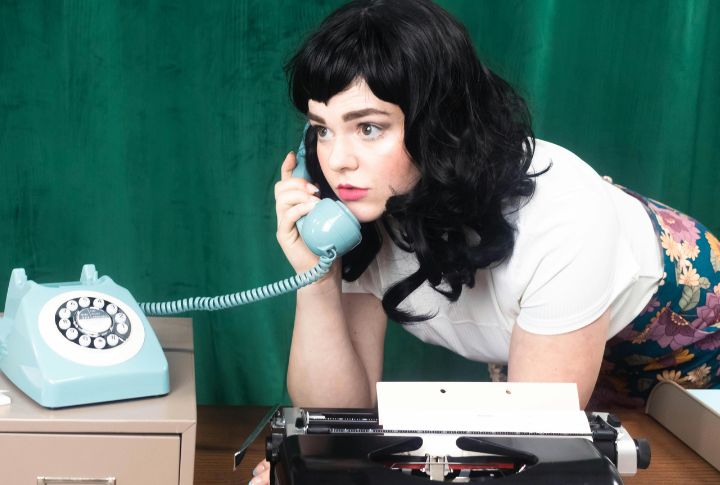
During the golden age of work, roughly from the 1950s to the 1980s, employers handed out rewards that feel downright luxurious today, adding a personal touch to everyday work. And so, we’ve compiled these nostalgic office perks that have quietly disappeared, but once made workdays feel a whole lot more human.
On-Site Barber Shops
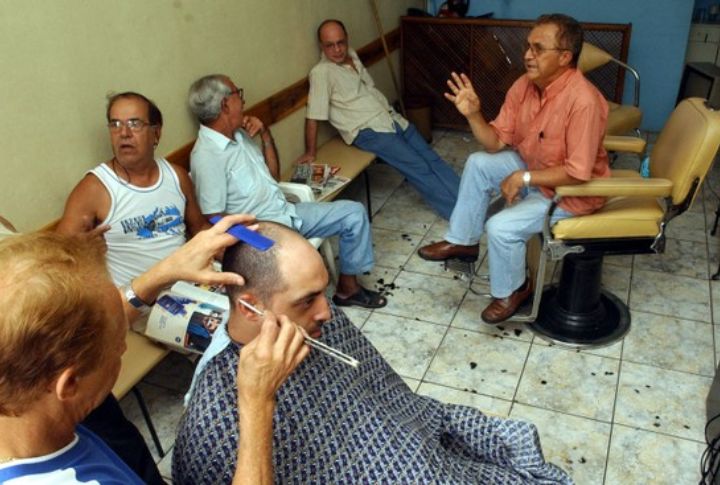
Some big companies had in-house barbers so employees could get trimmed up during the day. It saved time and gave a polished look without ever leaving the building. It wasn’t just about convenience—it was part of a culture that valued presentation and employee comfort in small but meaningful ways.
Company-Sponsored Sports Teams
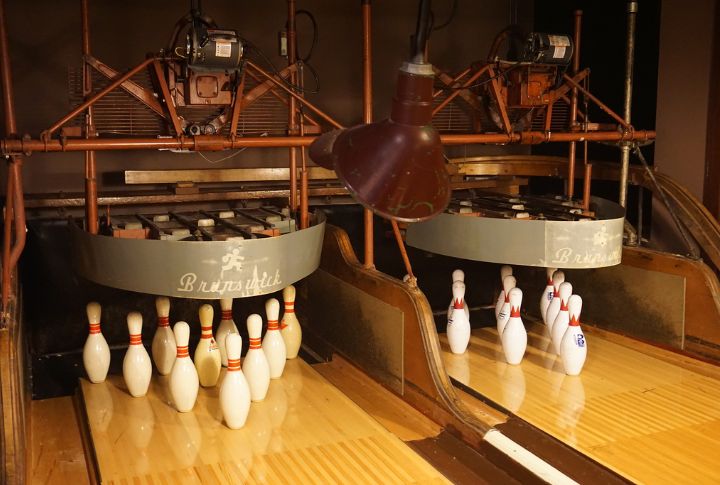
After-hours softball games and company bowling leagues were a regular part of office life. Sponsored by the employer, these teams gave coworkers a reason to bond outside the office and stay active. It was a casual, low-pressure way to build morale and foster friendships across departments.
Holiday Turkeys as Bonuses
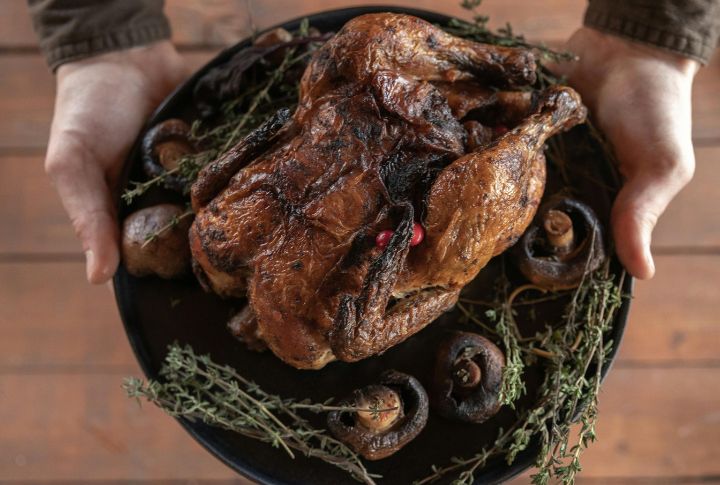
Receiving a whole turkey from your boss during the holidays was once a completely normal occurrence. It was both a gift and a gesture of goodwill—a way to express gratitude without needing a large budget. Many employees looked forward to it almost as much as the holiday meal itself.
Employee Picnics and Family Days
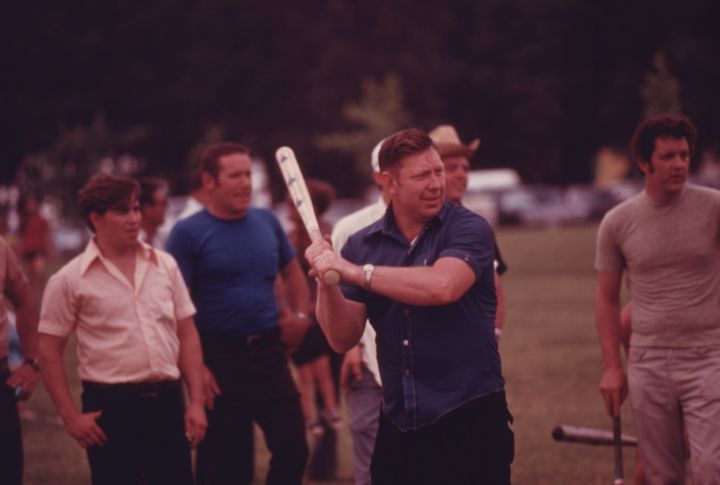
Full-day company picnics with food, games, and sometimes even talent shows were common. Held in parks or company grounds, they welcomed entire families. These events provided employees with a rare opportunity to connect on a personal level, demonstrating that employers cared about more than just productivity.
Free Cigarettes and Smoke Lounges
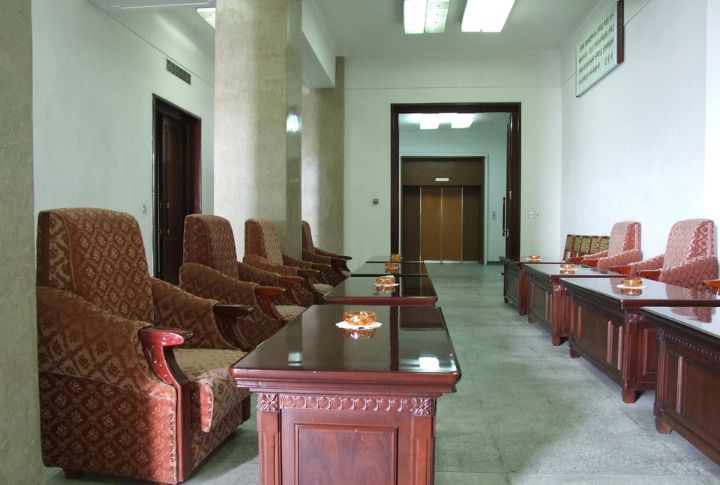
Hard to believe now, but some offices handed out cigarette packs like coffee and had plush lounges just for smoking. It was typical in the mid-century era when smoking was still considered sophisticated. The office was almost like a social club, smoke breaks included.
In-House Training Programs
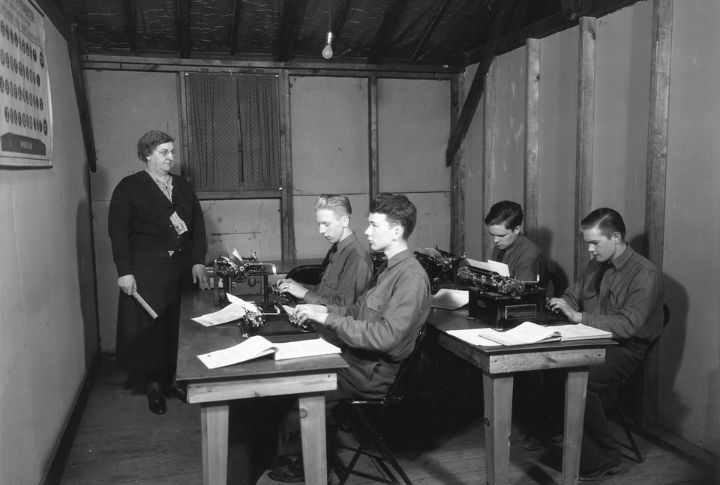
Workplaces often ran their own training programs to help employees grow without having to leave or go back to school. From typing classes to basic accounting, these programs built loyalty and encouraged upward movement from within. Learning while earning was part of the job back then.
Employee Suggestion Boxes with Rewards
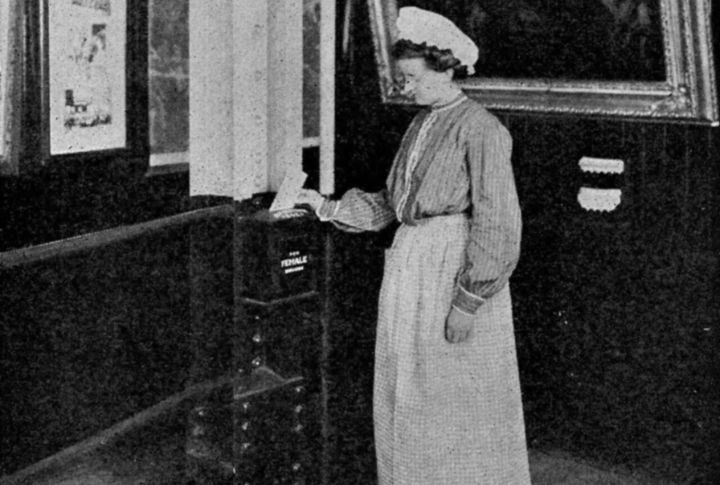
These weren’t just for show. Offices read suggestions, and if yours was implemented, you might get a gift card or a bonus. It made employees feel heard. For a while, it was one of the most popular ways companies crowdsourced small changes to improve workflow.
On-Site Medical Clinics
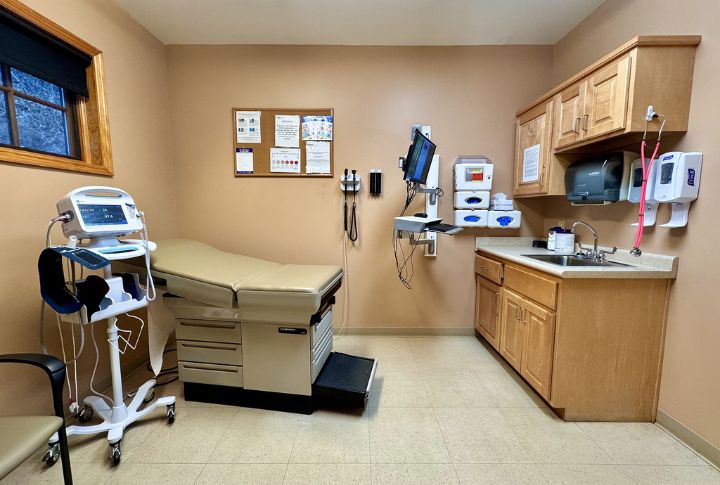
Some workplaces had fully staffed medical rooms where workers could check in with a nurse or doctor for minor issues. It prevented people from missing full days of work for minor problems and exhibited that employers cared about health without requiring employees to jump through hoops.
Employee Spotlights in Company Newsletters
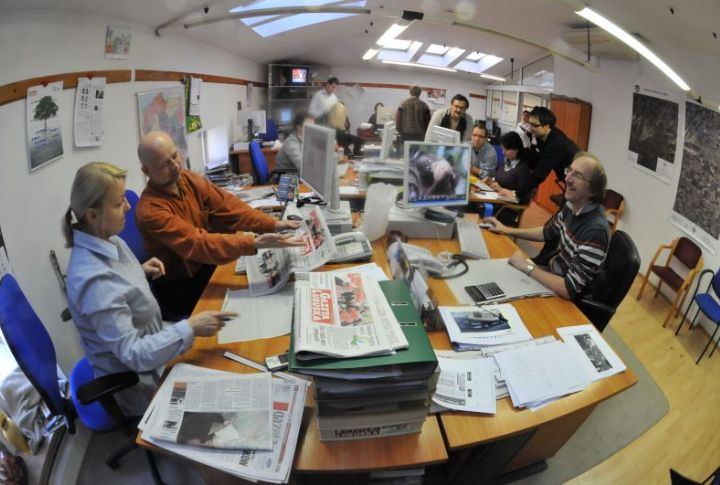
Monthly newsletters weren’t just for company updates—they also featured birthdays, work anniversaries, and funny facts about employees. This wasn’t just fluff—it built recognition and made people feel like more than a name on a schedule. The old-school paper newsletter had a surprisingly strong sense of community.
Prime Parking for Employee of the Month
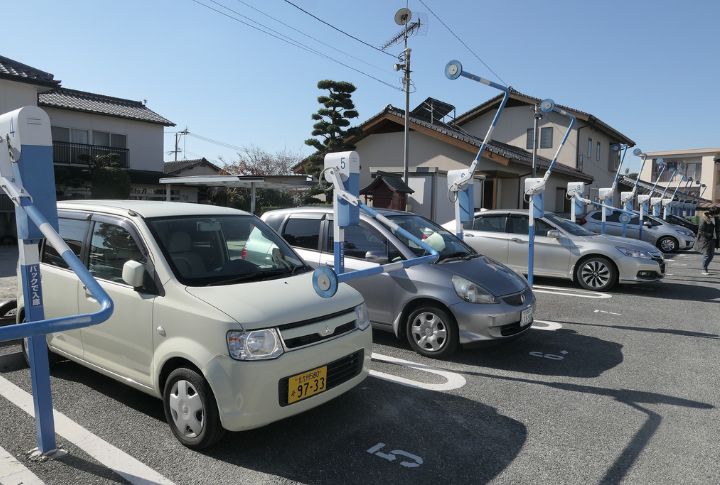
A great parking spot was more than a convenience—it was status. Being Employee of the Month often meant getting to park right by the front door. It was a small incentive, but one that actually motivated people. Who doesn’t want to shave 10 minutes off their commute?
Cheap Meals in Office Cafeterias
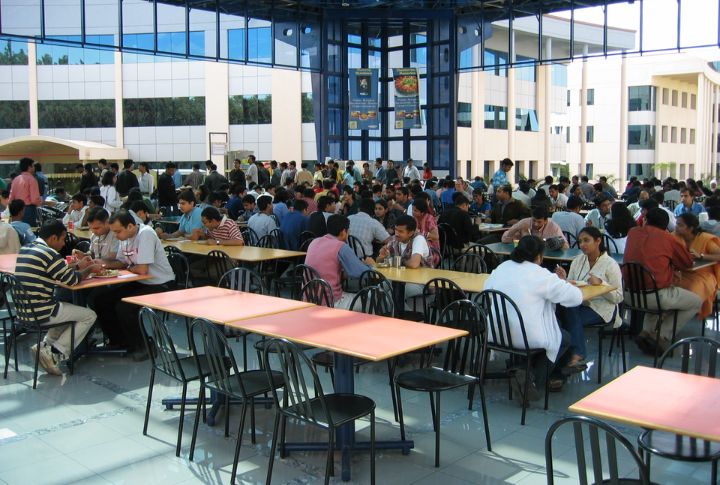
Cafeterias weren’t always just vending machines and sad salads. Many companies served hot, subsidized meals at a low cost. Employees could get a real lunch without stepping outside. For workers juggling tight schedules or caring for families at home, this was a welcome respite during the workday.
Dry Cleaning Services On-Site
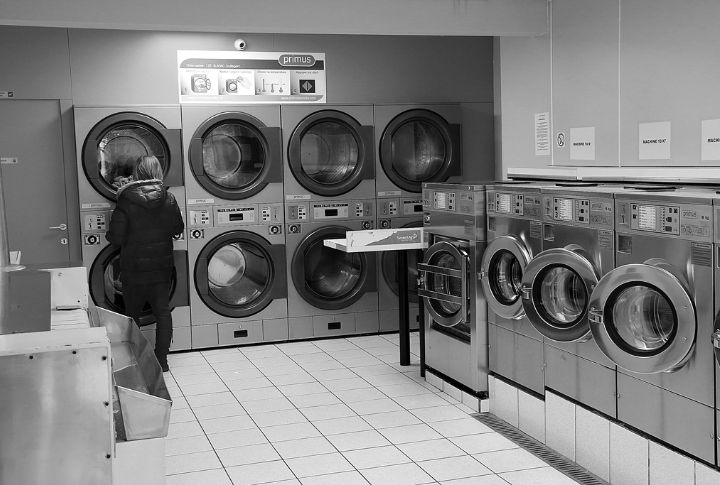
There were larger offices that made dry cleaning a breeze—just drop off your clothes in the morning and pick them up after work. It saved time and kept everyone looking sharp. For office workers in suits and ties, this slight touch made weekday life a whole lot easier.
Commuter Shuttles and Transportation Help
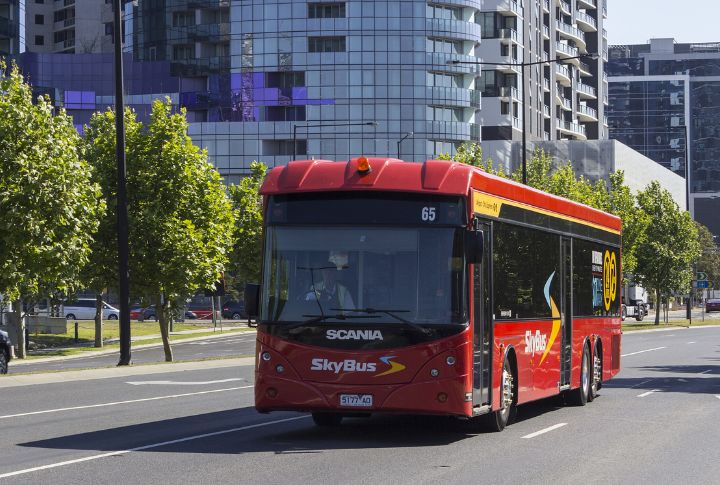
Big companies often paid for part of your commute or ran their own employee shuttles. These perks helped people save money and arrive at work on time, especially in areas with limited public transportation. It made getting to the office feel less like a chore.
Office Libraries
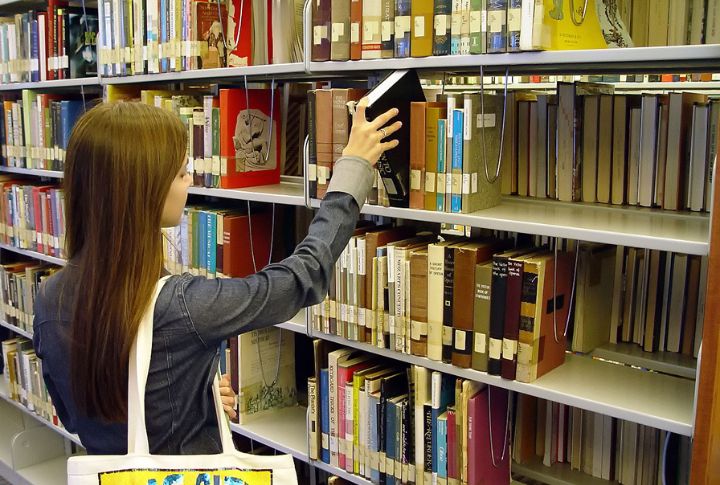
Need a book on management? Or a mystery novel for your break? Some companies kept in-office libraries stocked with a wide range of materials, from manuals to paperbacks. Reading during lunch or breaks was encouraged; it was nice to have something more engaging to read than just memos and handbooks.
On-Site Gyms and Fitness Rooms
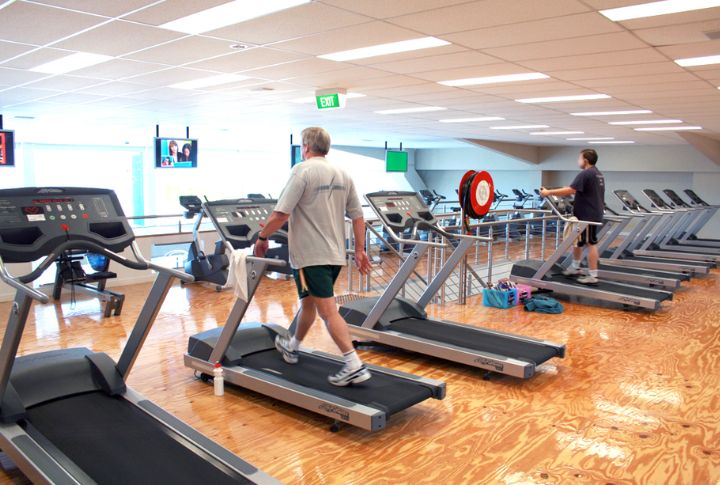
Some companies installed full gyms or fitness rooms with weights, mats, and showers. Whether used before work or during lunch, these gyms helped employees stay healthy and reduce the number of sick days. A few even offered aerobics or yoga classes on the clock.
Flexible Work Hours

Before remote work existed, some companies offered staggered start and end times. It lets parents manage school runs or night owls sleep in. As long as the hours were covered, it didn’t matter when you worked. That kind of flexibility was rare, but appreciated.
Scholarships for Employees’ Kids
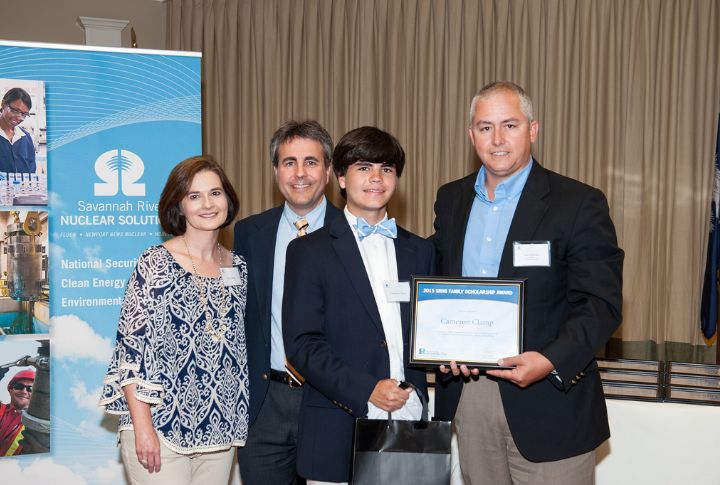
Some employers offered scholarships for employees’ children, especially for college. These were not massive sums, but they helped families with rising education costs. It wasn’t just about the employee anymore—this kind of perk said, “We care about your whole family, not just your work output.”
Birthday Celebrations with Cake
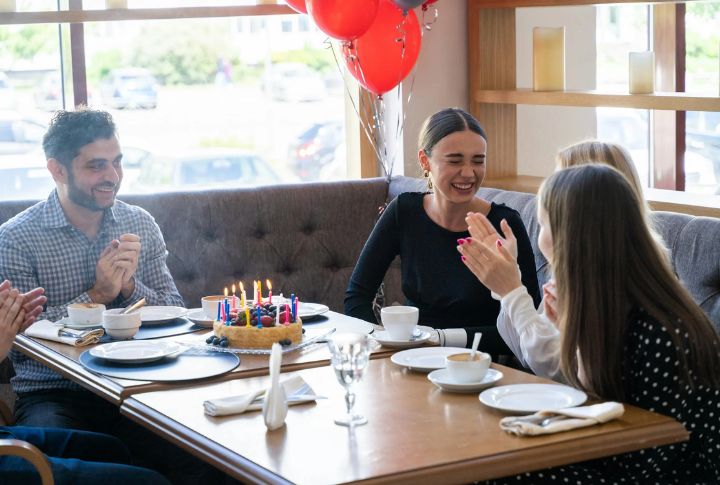
It was pretty standard for offices during that era to throw a little celebration when someone had a birthday. Nothing elaborate, just a cake, a card, and maybe some balloons. But it made people feel remembered, especially in places where birthdays might otherwise go unnoticed.
Company Retreats at Resorts
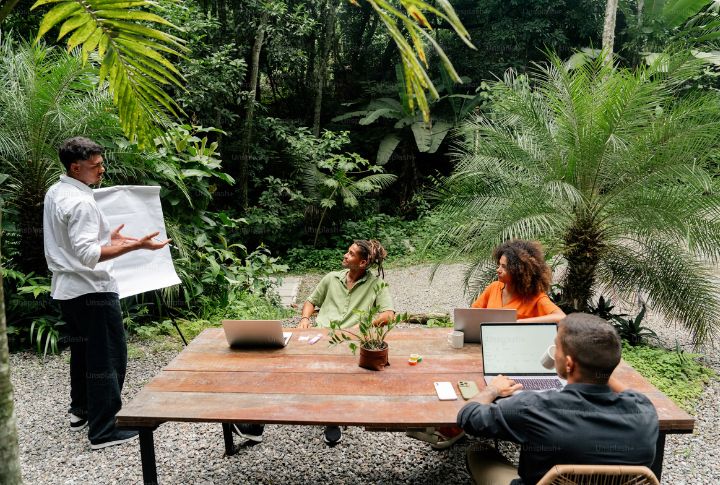
Yes, it actually happened—some teams were sent to lakeside resorts or mountain lodges for weekend retreats. There were strategy meetings, sure, but also hiking, canoeing, and open bars. These retreats helped recharge the team and foster trust, free from the pressures of a regular office setting.
Christmas Bonuses in Cash

Cold, hard cash—sometimes handed out in envelopes—was a classic year-end bonus. It wasn’t tied to performance reviews or lengthy explanations. It was simple: “Thanks for your work this year.” That kind of straightforward appreciation has mostly faded, replaced with corporate gift cards or, worse, just emails.
